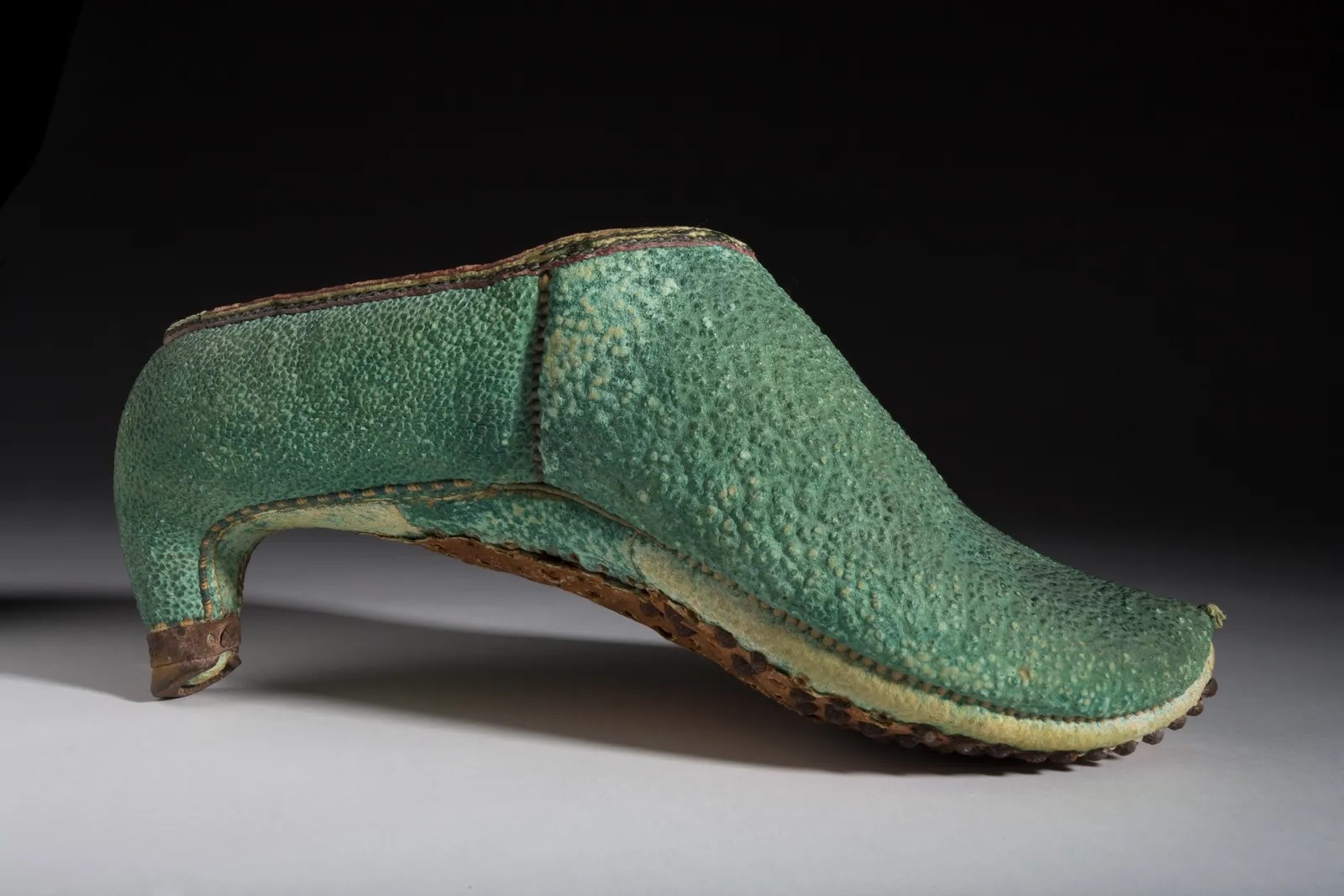
High heels have a rich and intriguing history that spans centuries and cultures. Originating in ancient Egypt, both men and women wore them for practical reasons. Did you know that Persian soldiers used heels to secure their feet in stirrups while riding horses? Over time, high heels evolved into a fashion statement, especially during the Renaissance when European aristocrats flaunted them to display status. By the 17th century, King Louis XIV of France popularized red-heeled shoes, making them a symbol of power. Today, high heels remain a staple in fashion, embodying elegance and sophistication. Let's explore 35 captivating facts about these iconic shoes!
Key Takeaways:
- High heels have a rich history dating back to ancient Egypt and have been a symbol of status and fashion throughout the centuries, evolving in design and cultural significance.
- While high heels are fashionable and have influenced pop culture, they can also have a negative impact on health, causing foot problems, back pain, and other health issues.
The Origins of High Heels
High heels have a fascinating history that spans centuries and cultures. Let's dive into some intriguing facts about their origins.
- High heels date back to ancient Egypt, where both men and women wore them for ceremonial purposes.
- In the 10th century, Persian horse riders used high heels to help secure their feet in stirrups.
- The term "high heels" was first coined in the 16th century.
- Catherine de Medici, a 16th-century Italian noblewoman, popularized high heels in Europe by wearing them to appear taller.
High Heels in the Renaissance and Baroque Periods
During the Renaissance and Baroque periods, high heels became a symbol of status and fashion. Here are some key facts from this era.
- King Louis XIV of France, known as the "Sun King," wore high heels to emphasize his height and power.
- In the 17th century, red heels became a status symbol among French nobility.
- Men and women both wore high heels during the Renaissance, but men's heels were often thicker and sturdier.
- High heels were often decorated with intricate designs, including embroidery and jewels.
High Heels in the 18th and 19th Centuries
The 18th and 19th centuries saw significant changes in the design and cultural significance of high heels.
- In the 18th century, high heels became more delicate and feminine, with thinner heels and pointed toes.
- Marie Antoinette, the last Queen of France before the French Revolution, was known for her extravagant high heels.
- The French Revolution led to a decline in the popularity of high heels, as they were associated with the aristocracy.
- In the 19th century, high heels made a comeback with the invention of the sewing machine, allowing for more intricate designs.
The Evolution of Modern High Heels
Modern high heels have evolved significantly, with new styles and materials emerging over the years.
- The stiletto heel, characterized by its thin, high heel, was invented in the 1950s by Italian designer Salvatore Ferragamo.
- Marilyn Monroe famously wore stiletto heels, helping to popularize the style.
- In the 1970s, platform shoes with high heels became a popular fashion trend.
- High heels have been made from various materials, including leather, plastic, and even glass.
High Heels in Pop Culture
High heels have played a significant role in pop culture, influencing fashion and media.
- The iconic red-soled high heels by Christian Louboutin have become a symbol of luxury and style.
- High heels are often featured in movies and TV shows, symbolizing femininity and power.
- Celebrities like Lady Gaga and Beyoncé are known for their bold high heel choices.
- The "Sex and the City" TV show popularized designer high heels, particularly Manolo Blahniks.
The Impact of High Heels on Health
While high heels are fashionable, they can also have an impact on health. Here are some important facts to consider.
- Wearing high heels can lead to foot problems, including bunions, blisters, and calluses.
- High heels can cause back pain due to the altered posture they create.
- Prolonged use of high heels can lead to shortened calf muscles and Achilles tendon issues.
- Some studies suggest that high heels can increase the risk of osteoarthritis in the knees.
High Heels in Different Cultures
High heels have been embraced by various cultures around the world, each adding their unique twist.
- In Japan, traditional wooden sandals called "geta" have elevated soles similar to high heels.
- Chinese women in the Qing Dynasty wore "lotus shoes" with high heels to mimic the appearance of bound feet.
- In India, high heels are often worn during traditional dance performances like Bharatanatyam.
- Persian women have a long history of wearing high heels, dating back to ancient times.
Fun and Unusual Facts About High Heels
High heels have some quirky and fun facts that might surprise you.
- The world's highest commercially available high heels are 20 inches tall.
- In 2017, a woman set a world record by running a marathon in high heels.
- Some high heels are designed with hidden compartments for storing small items.
- High heels have been used as weapons in self-defense situations.
The Future of High Heels
As fashion continues to evolve, so do high heels. Here are some facts about the future of high heels.
- Designers are experimenting with 3D-printed high heels for unique and customizable designs.
- Sustainable materials like recycled plastics and vegan leather are being used to create eco-friendly high heels.
- Smart high heels with built-in technology, such as GPS and heating elements, are being developed for added comfort and functionality.
High Heels Through the Ages
High heels have a rich history, evolving from practical footwear for Persian soldiers to symbols of status and fashion. Over centuries, they’ve transformed, reflecting societal changes and cultural shifts. From the opulent courts of Louis XIV to the rebellious styles of the 1970s, heels have always made a statement.
Today, they remain a staple in fashion, embodying both elegance and empowerment. Whether you love them or find them impractical, their impact on fashion and culture is undeniable. High heels tell a story of innovation, artistry, and the ever-changing nature of style.
Next time you slip on a pair, remember the journey they’ve taken through history. They’re more than just shoes; they’re a testament to human creativity and the desire to stand tall, both literally and figuratively.
Frequently Asked Questions
Was this page helpful?
Our commitment to delivering trustworthy and engaging content is at the heart of what we do. Each fact on our site is contributed by real users like you, bringing a wealth of diverse insights and information. To ensure the highest standards of accuracy and reliability, our dedicated editors meticulously review each submission. This process guarantees that the facts we share are not only fascinating but also credible. Trust in our commitment to quality and authenticity as you explore and learn with us.


